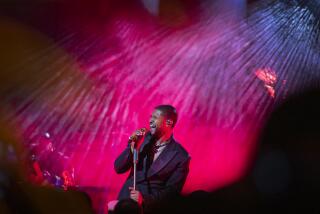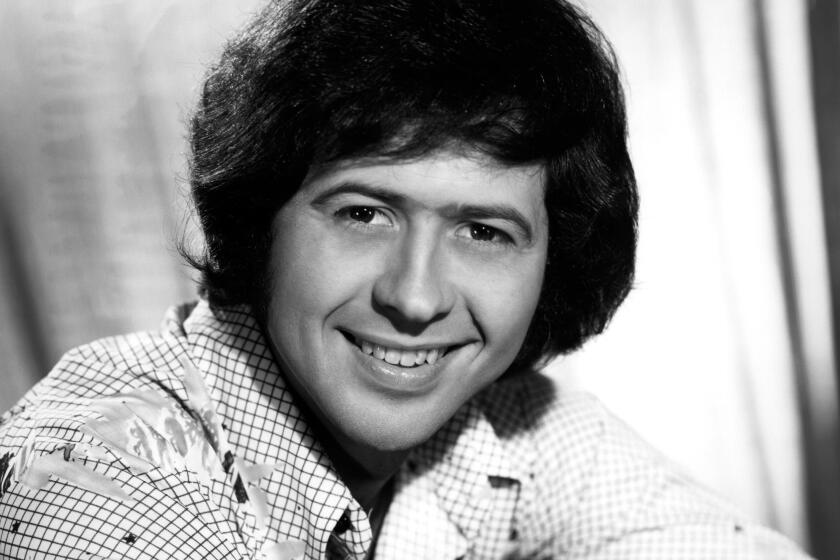Coachella dances to the tune of a headliner, Kraftwerk
Indio — Crowds were a major issue throughout the sold-out first day at Coachella, and the dance tents were not immune.
A steady stream of fans made their way into the expansive Sahara Tent, the primary venue for dance music, but the strong allure of big-name acts on other stages made the dance venues a bit of an oasis for most of the day.
DJ Icon’s energetic two-hour set, a nice mix of showmanship and large synthesizer-laden grooves, got the party started early on. A dedicated group remained for most of the 12-hour day, and they were rewarded with some impressive DJ work leading up to the headliner, Kraftwerk.
Among early high points were Perry Farrell of Jane’s Addiction, spinning under the name DJ Peretz, who made up for his lack of experience behind the tables with enthusiasm and a unique approach that blended his mixes with live vocals from Seb Fontaine and Danny Howells. The latter showed, with a 90-minute blend of percussion and progressive hooks, that he is rapidly becoming the man to rev up a big event.
That set the stage for the Coachella debut of French DJ-composer-producer Laurent Garnier. He justified his reputation as one of the best all-around DJs in the world in a masterful 90-minute set that was both subtle and crowd-pleasing, including a thunderous rise that would have made Metallica proud.
London-based fusion act Da Lata’s inviting blend of Brazilian hooks and dance sounds provided respite from the intensity of the Sahara Tent, and the dreamy sounds of Savath & Savalas delivered aural morphine, which, with the heat and crowds, wasn’t a bad thing.
All this led to Kraftwerk, which, with little competition, reversed the trend of previous dance acts. Within moments of the end of Radiohead’s set on the main stage, the Sahara Tent was packed and Kraftwerk, widely considered the progenitors of dance and electronic music, received a hero’s welcome.
Opening with “The Man-Machine,” the title track from their 1978 album, the quartet’s members played songs from throughout their 30-plus-year career.
What was most remarkable was how contemporary songs like “Radioactivity,” from the 1975 album of the same name, sound today. Mixing melodic robot pop with more orchestral swells, the group showed why it was able to return after a 17-year recording absence with last year’s “Tour De France Soundtracks” sounding as if no time had passed -- because the rest of music is only now catching up with the group.










